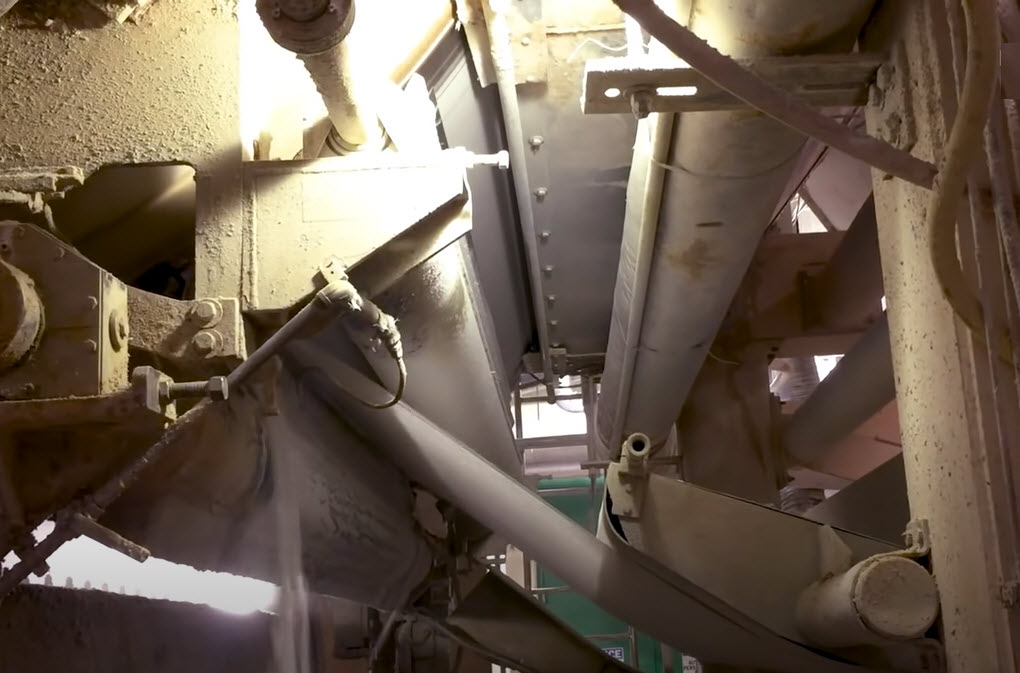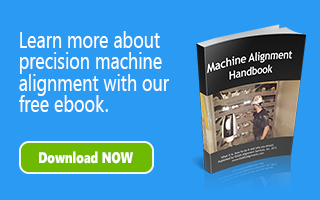In The Time is Now for Tissue Manufacturers to Address Equipment Concerns – Part One, we discuss how tissue manufacturers benefit from including alignment inspections and adjustments in their upcoming outages. This is especially true after most tissue manufacturers have been running non-stop much of the past year. In Part Two of this article, we provide an overview of the areas of the machine that are most impacted by alignment related issues and provide tips to help get your tissue machine back to running at optimal performance level.
Forming Section
Whether you are running a single wire/fourdrinier style tissue machine or a twin wire former (producing either tissue or towel), alignment is critical to proper sheet formation. Alignment also effects wire performance and life span. Both machine designs have manufacturer alignment specifications for components in the forming zone.
Prints from the original equipment manufacturer (OEM) should be referred to for proper set-up dimension for the following components:
- Breast roll
- Forming roll
- Apron lip and headbox set-up
- To achieve proper impingement, always refer to OEM specifications as impingement cannot always be determined by angle of apron lip alone
Additionally, all rolls within each wire run should be aligned level & square. In an ideal world, all components are level to earth and perpendicular to machine centerline but in the real world, all components should be aligned parallel to the apron lip.
Proper roll alignment allows the wire to run evenly without trade seam skew and wander from tending side to drive side. Alignment will also allow the guide rolls to work more effectively and reduce wear of roll surfaces, bearings and drive components.
Felt Section
Roll alignment within the felt section is very important. Proper roll alignment allows the felt to function at optimal design -water removal and sheet transfer – as well as help to increase felt life. Several components in the felt section are of utmost concern:
- Pick-up roll/shoe
- OEM specifications should be referred to for pick-up shoe impingement (into the wire) for proper sheet transfer. Again, we recommend all components be aligned level to earth and perpendicular to machine centerline but we realize in the real world, some accommodations may be required, depending on alignment of wire run and the Yankee dryer. But a sufficient transition can be achieved if the apron and Yankee are not in common alignment conditions.
- Pressure roll(s) and suction boxes
- Pressure rolls should always be aligned parallel to the Yankee. All nipped components should be aligned parallel to each other within 0.005” across the width of roll face. The remaining felt rolls and suction boxes should be aligned for felt tracking and dewatering.
Through-Air Drying (TAD) machines have a much larger felt run but in general, all rolls should be aligned level and square. However, alignment condition of TADs and the Yankee dryer must be considered as they are considered ‘fixed’ components and transitions should be established when necessary. As well, the creping doctor on the Yankee is a critical component. The doctor back pivot-journals should be aligned relative to the Yankee and any air foils leading out of the Yankee should be aligned to OEM set-up dimensions for elevation, level, and square.
Calender
Calender rolls should be aligned level and square and aligned parallel to each other within 0.005” across the face of the roll surface. This will provide an even nip, proper calendering of the sheet, and help you to avoid excessive wear of roll surfaces.
However, some calenders are manufactured with a skewing mechanism allowing production teams to adjust the nip pattern. For these calenders, the skewed roll should be aligned parallel to the fixed roll and the indicator set to zero. Your production team will then have a proper reference for skewing the nip roll. Additionally, any rolls leading into or out of the calender should be aligned level and square with consideration always given to alignment conditions of the Yankee dryer and Reel drum.
Reel
Proper reel alignment ensures efficient sheet transfer, reel turn-up, and a correctly wound sheet. The reel drum should be aligned level and square and the primary arms should be aligned such that the spool is parallel to the reel drum throughout the turn-up phase. This may require adjustment to the drive assembly, or cross shaft that operates the primary arms.
Proper alignment of primary arms will aid in:
- Spool turn-ups
- Fewer sheet breaks
- Proper transition onto the reel rails
- The reel rails should be aligned level/parallel to the reel drum and OEM specifications should be followed for elevation/level condition of rails throughout the length of the rails. Also, the cross-machine gauge dimension should be set such that the spool travels easily down the length of the rails.
*For and in-depth discussion on reel alignment, check out our two-part article Paper Machine Reel Alignment Can Help You Avoid Real Issues.
Driven Components
Considerations should always be made for driven components. Drive assemblies should be aligned relative to the driven component – especially if a driven roll is adjusted on the drive side, the drive assembly should always be inspected and aligned as necessary. Drive assemblies should be set coincident to roll centerline in both the horizontal and vertical attributes.
Benefits of Alignment
As we discussed in Part One of this article, the time is now for tissue manufacturers to include machine alignment in their upcoming maintenance downs. Addressing alignment related issues now will help to reduce costly product issues and component wear or failures and help to get your tissue machine back to running at optimum performance levels.
If you would like to meet with an OASIS representative to discuss how to improve efficiency at your mill, please contact us – we would be happy to assist you.

